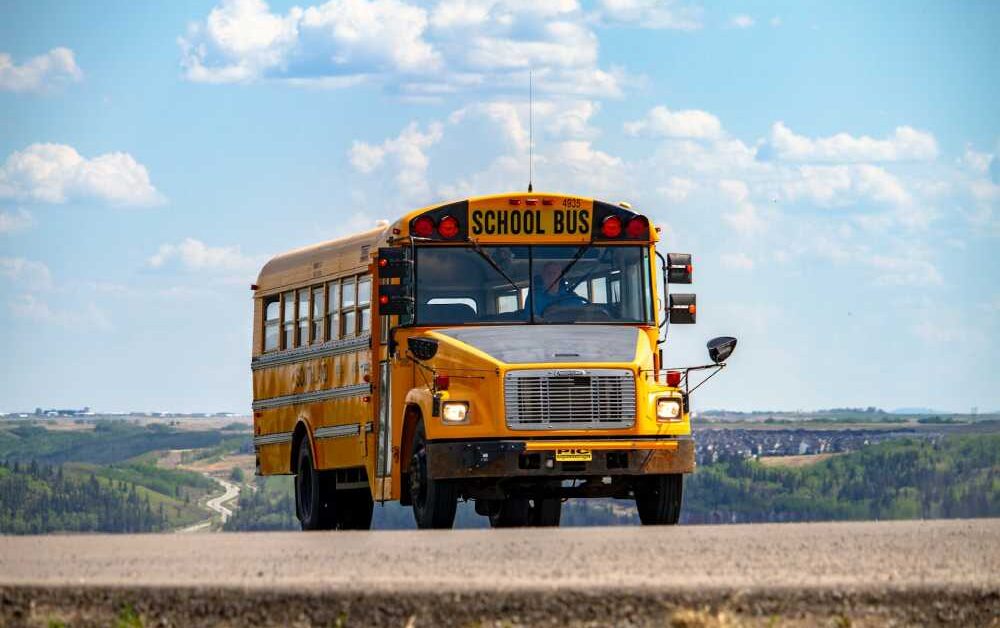School buses allow students to arrive at school on time and provide a convenient way for parents and other adults to get to work. They also provide jobs for people in local communities.
Large bus passengers experience much less crash force than those in passenger cars, light trucks, or vans. This feature, along with compartmentalization and robust construction, helps keep children safe.
Safety Measures
Educational bus transportation providers take many measures to ensure student safety. They have a history of proven lower accident rates than passenger cars, and prospective drivers must pass rigorous tests to get behind the wheel. They also look at driving records and criminal histories.
Kids ride with students from different schools and grades, interacting on the bus as they get to know each other better. This socialization can help wake kids up before school and wind them down after school. It can even influence academic outcomes like test scores and attendance.
Large buses are designed to protect passengers through compartmentalization, with solid and closely-spaced seats and energy-absorbing seat backs that distribute crash forces differently than vehicles with individual seats.
These vehicles also feature an electronic system of warning lights and a deployable stop arm that signals traffic to stop when the door opens for loading or unloading. It is illegal to drive through a stopped school bus.
Bus Stops
District transportation directors must often balance safety issues, distances from students’ homes, and routing efficiency when determining bus stops. Most of these decisions are made locally, although state-level policies can influence or dictate some placement aspects.
Choosing centralized stops where students can be loaded and unloaded without crossing traffic-prone roads is essential. It reduces the potential for distraction and increases safety by eliminating the possibility of children running out into the road from the side of the street or parking cars in a residential setting.
Districts should also make sure that the location of a stop does not create dangerous conditions such as cliffs, rivers, railroads, drug houses, intersections, and high-speed highways. They should also ensure sufficient space for students to congregate 15 feet from the road and off the sidewalk to prevent them from being hit by a passing vehicle.
Crossing the Road
Students who live further from school are less likely to be able to travel by car, leaving them more dependent on bus transportation services. In addition, long bus rides inhibit students’ ability to study, do homework, participate in extracurricular activities, and sleep.
It can affect their academic performance and increase the risk of behavioral issues like bullying and harassment on buses (Urban Institute Student Transportation Working Group 2019).
Bus drivers cannot control other drivers, but they can help to improve safety by educating students and parents about school bus traffic laws. They can also use stop-arm cameras to capture images of illegal passing vehicles and report them to the police.
In addition, using school transport saves parents money on fuel and allows them to manage their time better to juggle household chores, work, and children. This way, they can help their kids get to school on time and start their classes quickly. It helps them achieve good grades in the long run and helps teachers teach on time.
Intersections
School buses make students 70 times more likely to get to school and home safely than if they travel by car. But when kids are walking to or from the bus stop or while the buses are preparing to load or unload them, they’re most vulnerable. Motorists often illegally pass stopped school buses, especially on narrow streets or one-way roads and in areas where parking is concentrated.
Dispatchers work to minimize student risks by communicating with drivers, monitoring routes, and making adjustments when needed. They also help to prevent accidents by ensuring that all buses follow the same protocol for pickups and dropoffs. It helps maintain consistent expectations for safety and reduces confusion for drivers and children alike.
They may also recommend changes to intersection signals at busy schools, for example, adding exclusive pedestrian phases for a short period during critical periods. Such changes can balance safety and performance by reducing the number of vehicles at the intersection during those critical times.


